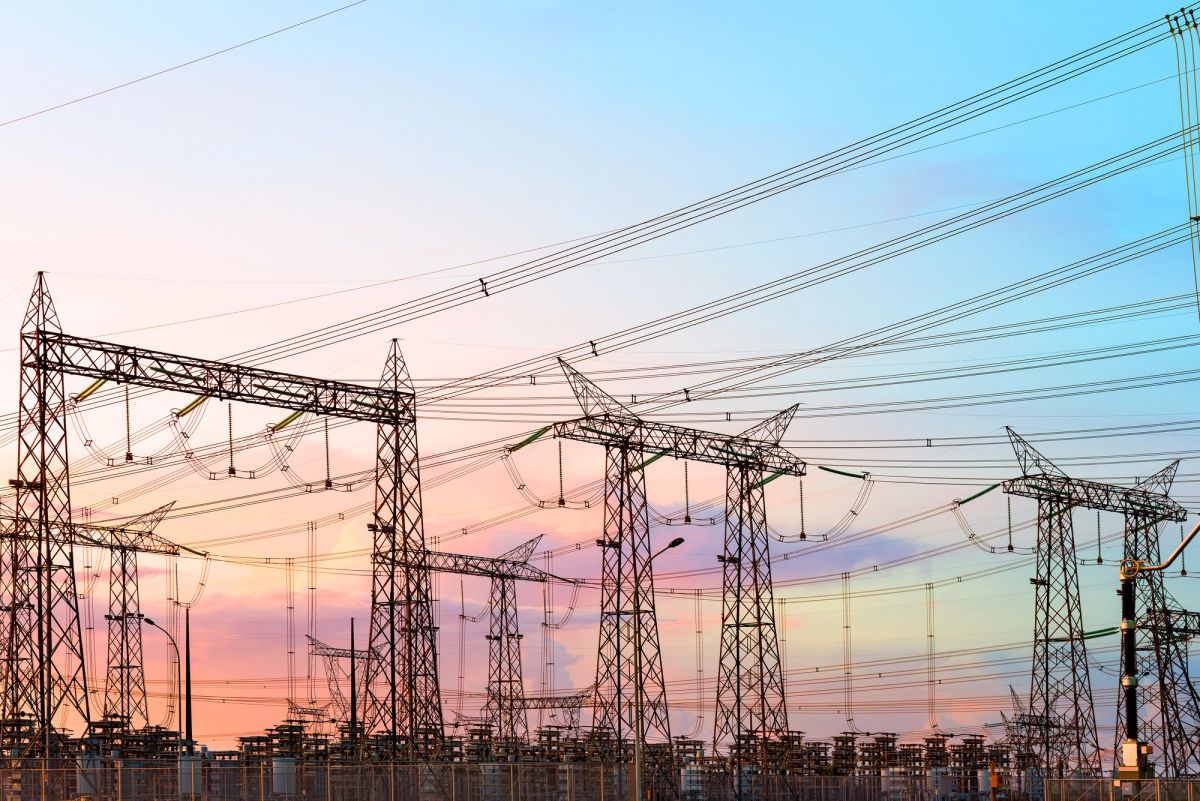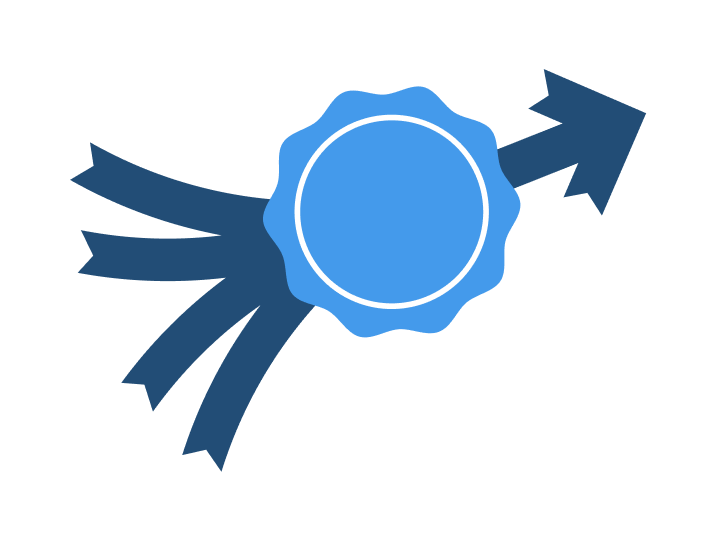An Overview of Demand Side Response
With the fast development of various electrical devices, electric power plays an increasingly vital part in social life and has become an essential requirement in human civilisation. However, the significant rise in power consumption has increased the complexity of the power grid and the fast expansion of load, attracting broad attention to the problem of safe and stable power grid operation.
The smart grid, which is the intellectualisation of the power grid, is thought to be the next generation of the power grid that may increase security and stability.
What is Demand Side Response?
Demand side response, also known as demand response, allows users to play an important part in grid operation by lowering or adjusting their power consumption during peak hours in response to time-based tariffs or other types of financial incentives. Some electric system designers and operators employ demand response programmes as resource choices for balancing supply and demand. Such schemes may reduce the cost of power in wholesale markets, resulting in reduced retail prices.
Demand Side Response Programmes
Demand side response programmes are seen as an increasingly attractive resource alternative by the electric power sector, whose capabilities and potential effects are being enhanced by grid modernisation projects.
Demand side response programmes aim to improve power system interaction, ultimately stabilising the power market and maximising power resource distribution. When the price of the power supply market is high, and the dependability of the power system is poor, the heart of demand response is to regulate the energy consumption on the demand side based on the diverse demand response patterns of customers. Read 9 reasons to participate in a demand response programme.
How Utilities Balance Energy Supply & Demand
One of the peculiarities of electricity is that supply and demand must be kept in check:
- Too much demand = blackouts
- Too much supply = economic losses and a lot of waste since power cannot be stored cost-effectively in large quantities.
Because of the delicate balance, using energy has both a value and a cost. At the macro-level, when the grid begins to buckle under increased demand (e.g., the third day of a regional heatwave when air conditioners are blasting, or the crazy impact of the polar vortex), utilities and grid operators have a few options:
- Risk a blackout (not a popular option),
- Buy electricity on the open markets (€€€),
- Fire up the next peaking power plant,
- Dispatch a demand response network.
Demand side response, which has existed in various versions for decades, is a tried-and-true approach for utilities and grid operators that need to maintain the critical supply as well as demand balance. Demand response programmes now offer large energy users substantial payments in exchange for their "operational flexibility," i.e., their willingness to use less energy in response to market signals – and have become the go-to energy management strategy for millions of large energy users around the world.
Why is Demand Side Response needed?
Ireland is facing a reduction in electricity generation as old plants shut and new ones are slow to start up.
To ensure the network has sufficient supply to meet demand, the Demand Response scheme has been set up, allowing large energy consumers in Northern and Southern Ireland to earn revenue by reducing their electricity demand on the grid temporarily.
This reduction of electricity consumption avoids the need to build new or use existing polluting, "peaking" power plants and helps keep the world a cleaner, greener place.
CoolPlanet’s Demand Response Programme
Businesses located on the island of Ireland can earn significant financial rewards by having the ability to reduce their demand on the electricity grid.
CoolPlanet works with large commercial and industrial energy users giving them the opportunity to participate in Demand Side Response, which pays businesses simply for reducing their electricity use at times of high wholesale prices, to help ensure the network has sufficient supply.
The scheme requires no additional expenditure from your business, and pays per kilowatt of electricity you make available for demand reduction, through simply switching something off, delaying a process, or switching on a generator.
Some of our larger clients earn in excess of €200,000 per year , with many of our smaller fast-responding customers earning over €50,000 through the programme annually.
There are a number of benefits for participating in demand response programmes. The main one is financial. Businesses are paid simply for reducing their electricity demand at times of high wholesale prices, to help ensure the network has sufficient supply.
They are called upon to reduce their demand on the grid by switching to their on-site generators/ battery storage or turning off certain machines/processes temporarily.
Hospitals, hotels, quarries, cement works, manufacturing and processing plants, food production companies, cold stores etc., throughout Ireland are already signed up and earning revenue with CoolPlanet by agreeing to reduce electricity demand when called upon.
Unlock more cash with demand response
Taking advantage of possibilities to engage in a demand response programme is an excellent method to generate opportunities from your energy use. Demand response converts your inclination to a standstill or postpones energy-intensive operations into an income stream temporarily.
Demand Response offers you real-time insight into your dispatch performance, including the financial implications of your involvement.
If you want to know more, schedule a call today.
CoolPlanet’s Demand Response Programme
Businesses located on the island of Ireland can earn significant financial rewards by having the ability to reduce their demand on the electricity grid.
CoolPlanet works with large commercial and industrial energy users giving them the opportunity to participate in Demand Side Response, which pays businesses simply for reducing their electricity use at times of high wholesale prices, to help ensure the network has sufficient supply.
The scheme requires no additional expenditure from your business, and pays per kilowatt of electricity you make available for demand reduction, through simply switching something off, delaying a process, or switching on a generator.
Some of our larger clients, for example, a pharmaceuticals plant , earn in excess of €200,000 per year, with many of our smaller fast-responding customers earning over €50,000 through the programme annually.
There are a number of benefits to participating in demand response programmes. The main one is financial. Businesses are paid simply for reducing their electricity demand at times of high wholesale prices, to help ensure the network has sufficient supply.
They are called upon to reduce their demand on the grid by switching to their on-site generators/ battery storage or turning off certain machines/processes temporarily.
Hospitals, hotels, quarries, cement works, manufacturing and processing plants, food production companies, cold stores etc., throughout Ireland are already signed up and earning revenue with CoolPlanet by agreeing to reduce electricity demand when called upon.
Unlock more cash with demand response
Taking advantage of possibilities to engage in a demand response programme is an excellent method to generate opportunities from your energy use. Demand response converts your inclination to a standstill or postpones energy-intensive operations into an income stream temporarily.
Demand Response offers you real-time insight into your dispatch performance, including the financial implications of your involvement.
If you want to know more, schedule a call today.





